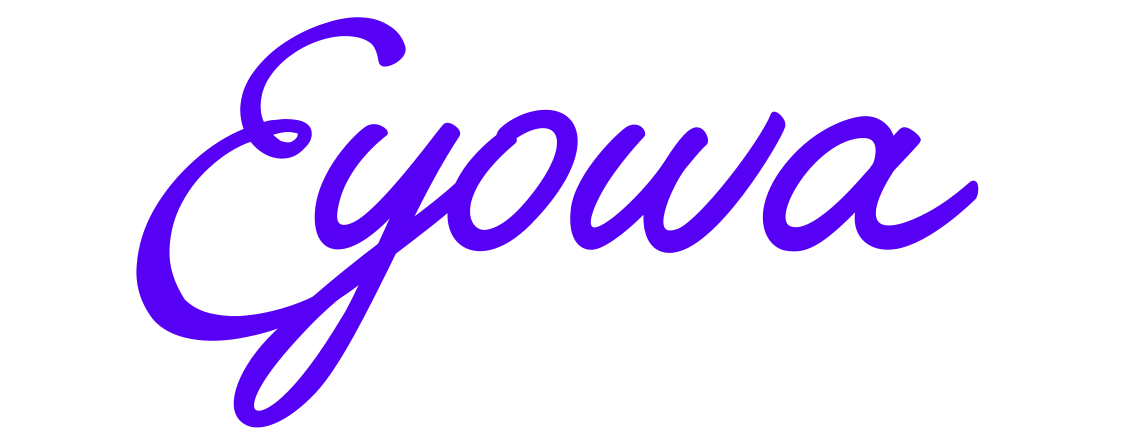nurturing the wounded inner child
As children, we inevitably had some experiences that were more or less traumatizing. This could have occurred in our family life, with experiences of invasive verbal or physical abuse, or it could have been experiences of neglect or abandonment. The experiences that had a traumatizing impact on us could also have occurred in school due to the behaviors of teachers or other children. Even the smallest judgments or remarks can have a severe impact on the vulnerable developing being that we were at the time. Also, events like experiencing accidents or witnessing violence, accidents, or disease in our environment can have a traumatizing impact on us as children.
When these moments are happening, it is as if a part of ourselves becomes frozen in time. It gets stuck right there and then, at the age we had during that experience. Little aspects of ourselves, and sometimes bigger aspects, get stuck along the way while we are growing up. The other (unharmed) aspects of ourselves continue to grow into a more or less healthy adult and during most of our days and interactions, our adult self is in control of our thoughts, emotions, and behaviors. Many people are not even aware of the aspects of their inner child that continue to live inside of them. We grow accustomed to suppressing these parts, ignoring them, and distracting ourselves from them. As a result, we’ve become fragmented, and the fragments of the inner child often become part of our shadow-self.
There is a natural impulse in our being that aims for the integration of these fragments of ourselves. So, when we encounter experiences that resemble the traumatizing events from the past, our inner child ‘speaks up’. During these moments, in our instinctive response, the wounded inner child is more in control of our thoughts, emotions, and behaviors than our adult self. Sometimes it can seem to others around us like we are acting completely unlike our usual self. The way the inner child is showing itself is often unreasonable, highly emotional, and literally pretty childish. As a result, both the response of those around us, as well as our own response to the inner child, is often harsh and judgmental.
More and more, the term re-parenting our inner child is mentioned in the world of holistic healing. This term means that we develop a new way of interacting within ourselves. A way in which we stay connected to our inner adult, that holds space for the inner child, so the fragments that have been stuck in time can be healed and integrated into the adult self. Often, when aspects of the inner child get triggered, the inner child is temporarily taking over our whole being, and we then need to reach out (or lash out) at those around us and depend on our loved ones, family, friends, or therapists to help us integrate the aspects and find our way back to our adult self. But it is very healing to develop the skill of holding space for ourselves so we don’t need to depend on others to regain our inner balance.
A great tool during this process of learning to re-parent our inner child is to treat our inner child the same we treat our own children or the children of our friends and family. We tend to have a high standard for our inner child, but we tend to have more patience and be more forgiving and flexible towards other children. So, the invitation is to become more and more patient, forgiving, flexible, and unconditionally loving towards our inner child. To remind our inner child: ‘it is not your fault, you are loved, you are perfect just as you are, I am always there for you, I will always have your back, you can always lean on me, take all the you need to express your feelings, and I will love you unconditionally every step of the way’.
Instead of rejecting these aspects of ourselves, we start to carry them with love: we essentially heal them backward in time and nurture them into full integration with our adult self. During this process, there might be several layers of the wounded inner child rising to the surface. The more superficial layers could revolve around certain family dynamics where the child didn’t feel fully heard and seen. But when the inner child feels safer, deeper layers could rise to the surface. Suppressed memories of traumatizing events might be remembered, and even past life memories could resurface. This can become an in-depth process of healing and it can take quite some time to fully integrate all the wounded aspects of the inner child.
The impact of this process of integration is felt throughout our whole being, our relationships, and our life-approach. The wounded inner child was consuming a lot of energy in its denied and suppressed state, and it was causing our being to carry unreasonable fear, anxiety, sadness, and anger. This likely caused our adult self to feel cramped, indecisive, and exhausted without really knowing why. After integration of the wounded fragments, there is space to be truly relaxed and energized, to be emotionally independent and complete, and to approach life playfully, and in a state of positive expectancy.
SHARE THIS ON:
